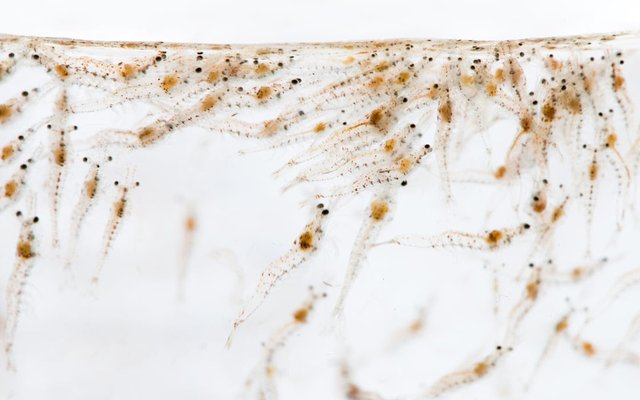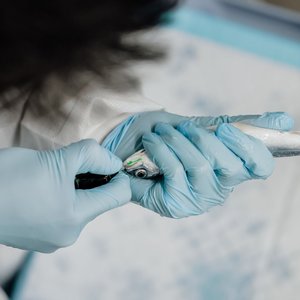Prima Larvae Bali (PLB), a leading hatchery in Eastern Indonesia, is bolstered by the expertise of the Center for Aquaculture Technologies (CAT) to elevate their whiteleg shrimp (vannamei) breeding program. This support enhances PLB's commitment to delivering biosecure, top-quality post-larvae suited for Indonesia's unique farming landscape, while also introducing cutting-edge genetic technology.
PLB is widely recognized in the Indonesian aquaculture industry for its commitment to delivering quality post-larvae (PLs). Through a meticulously designed selection scheme and larvae culture process, the company ensures that each PL taps into the full genetic potential of the chosen broodstock for rapid growth and disease resistance. Emphasizing stringent biosecurity measures, PLB exclusively produces 100% Specific Pathogen Free (SPF) PLs. Only frozen feeds are used to nurture the shrimp broodstock, and the facility strictly avoids the use of fresh/live feeds. This unwavering commitment to excellence distinguishes PLB and significantly contributes to the aquaculture sector in the region.
In a move to further improve the quality of its offerings, PLB has sought the expertise of the Center for Aquaculture Technologies (CAT), an industry leader in aquaculture research and development. Leveraging CAT's use of advanced statistical models, both organizations aim to refine the selection of genetic lines for shrimp that grow quickly and thrive in commercial settings. CAT’s proven approach includes the utilization of molecular markers and the latest technologies to generate genetically diverse and adaptable lines of shrimp. Their multi-generational selection methods have already demonstrated improvements in both growth rates and survival capabilities in commercial farm conditions.
“Our partnership with CAT is a significant leap forward for PLB and the aquaculture industry in Indonesia. By combining CAT’s robust genetic technologies and selection methodologies with our deep understanding of local needs, we are poised to deliver shrimp post larvae that are not only fast-growing but also increasingly resilient, generation after generation,” said Henry Wijaya, director at Prima Larvae Bali.
“We are thrilled to bring our scientific expertise to the table in this collaboration with PLB. By merging CAT's advanced statistical modeling and molecular techniques with PLB's local industry insights, we aim to produce shrimp lines that are not just fast-growing but are adapted to the unique conditions of Indonesian aquaculture. This is science and local knowledge coming together to make a real impact,” said Alejandro Gutierrez, director of breeding at CAT.
By offering farmers access to genetically superior shrimp lines, PLB is making a significant contribution to the sustainability and productivity of Indonesia’s shrimp production.













